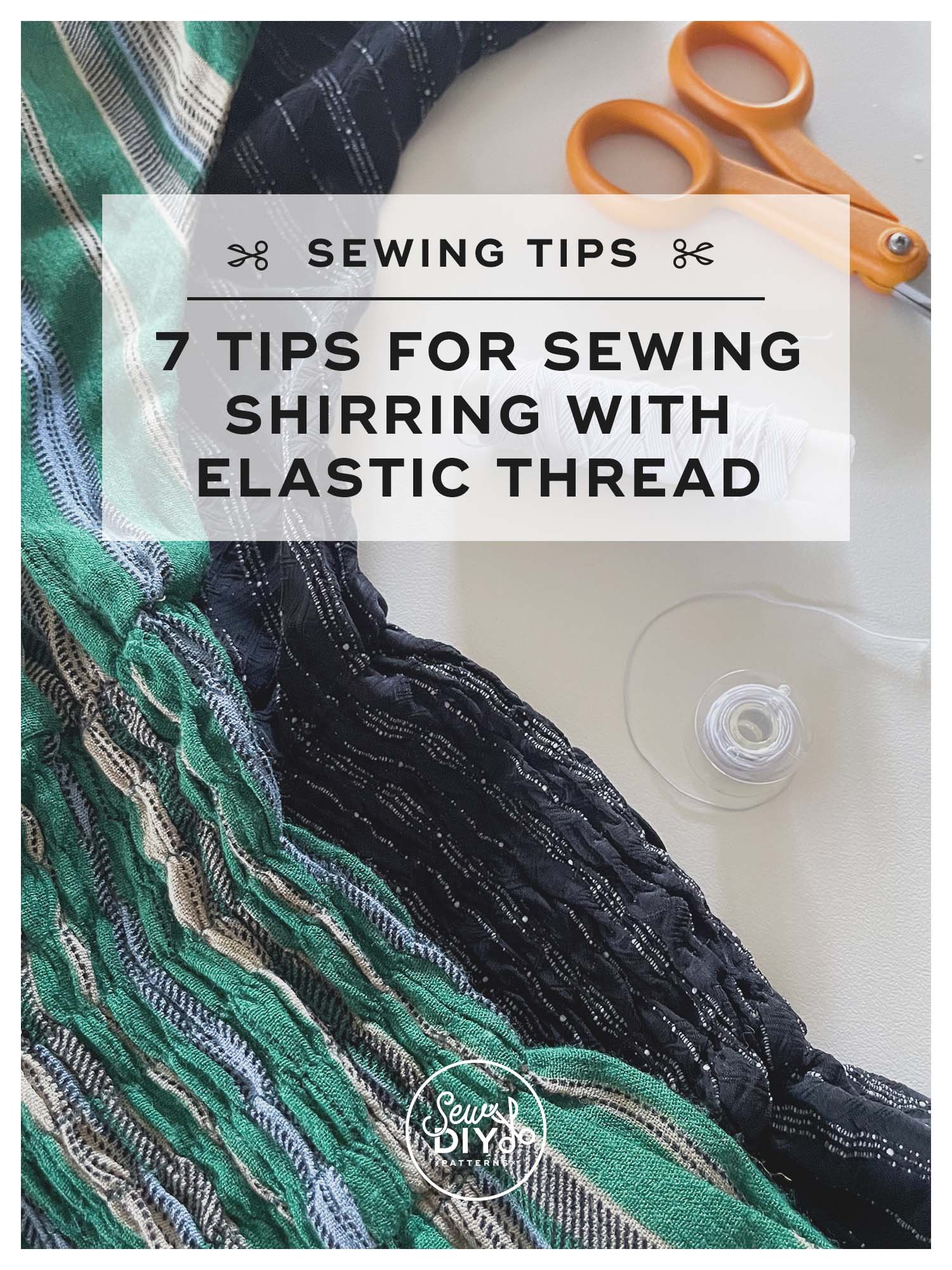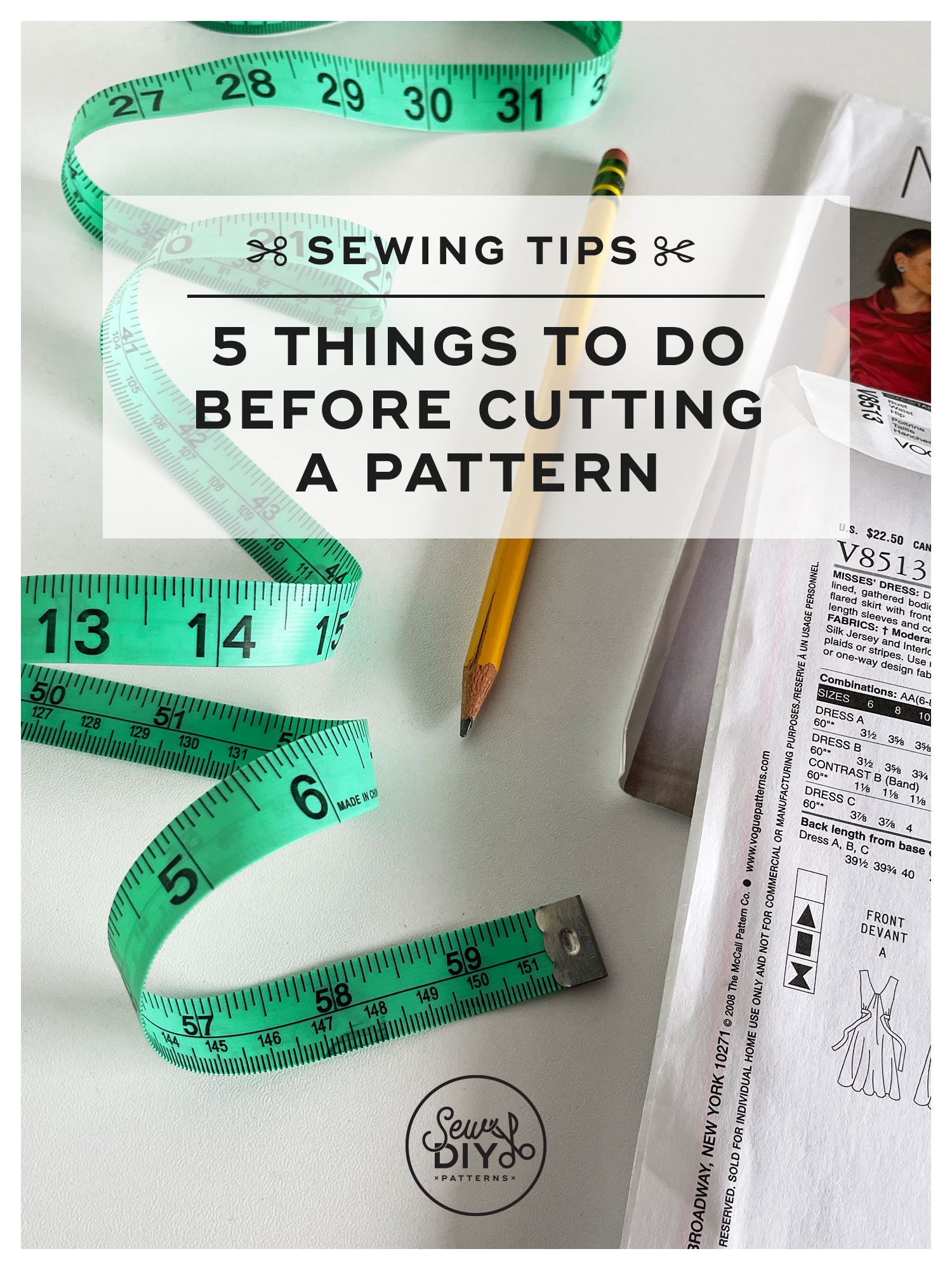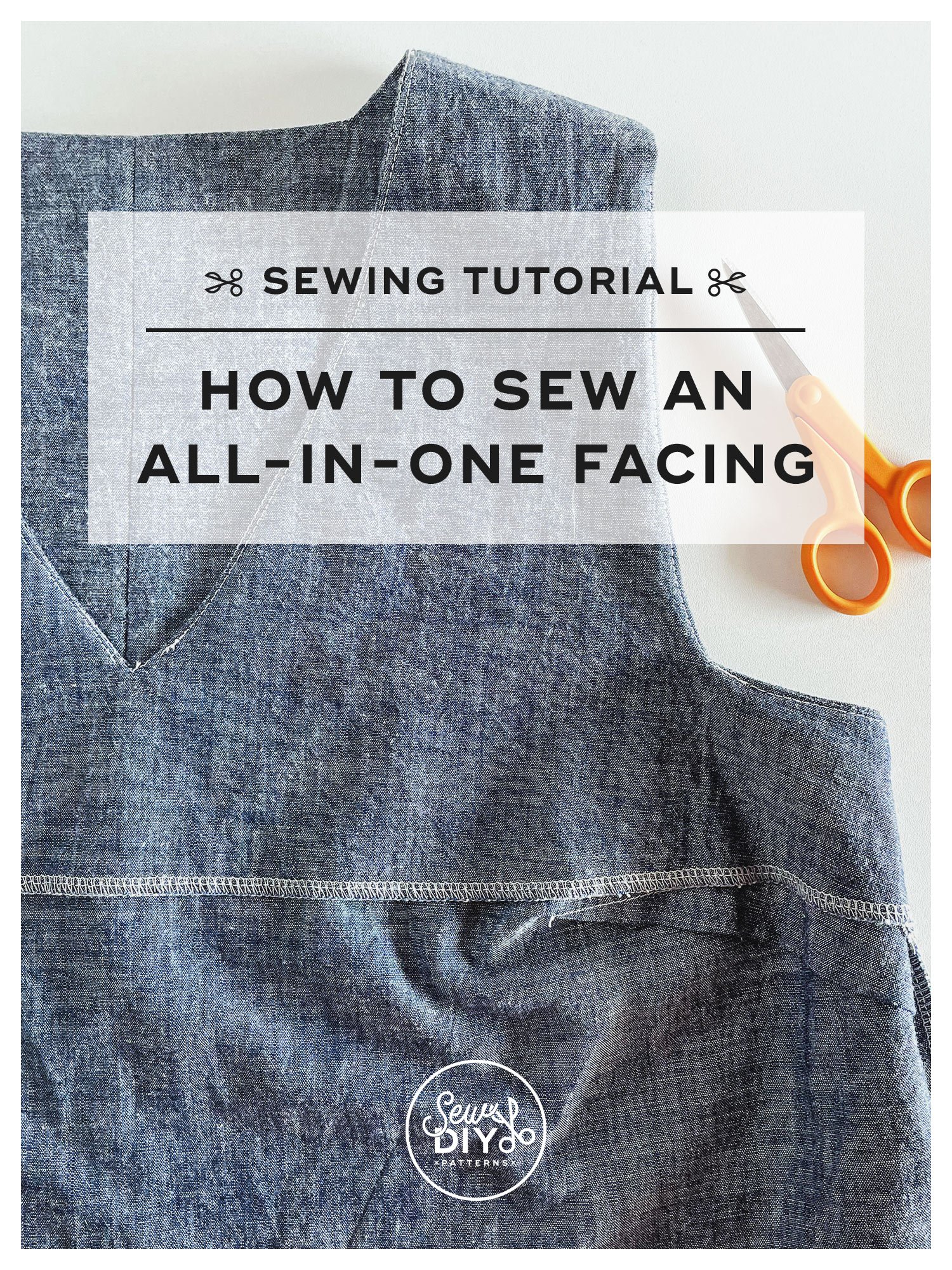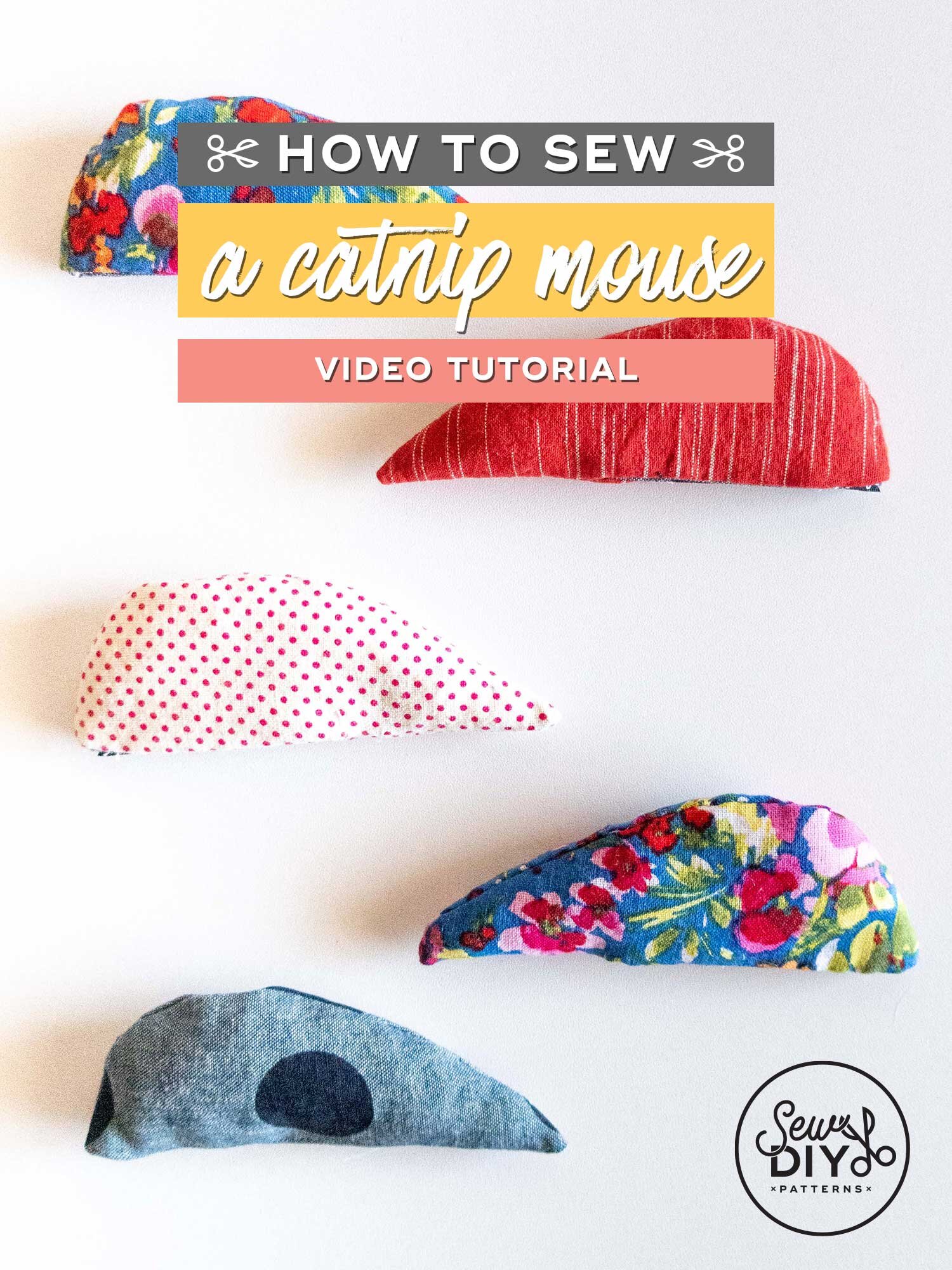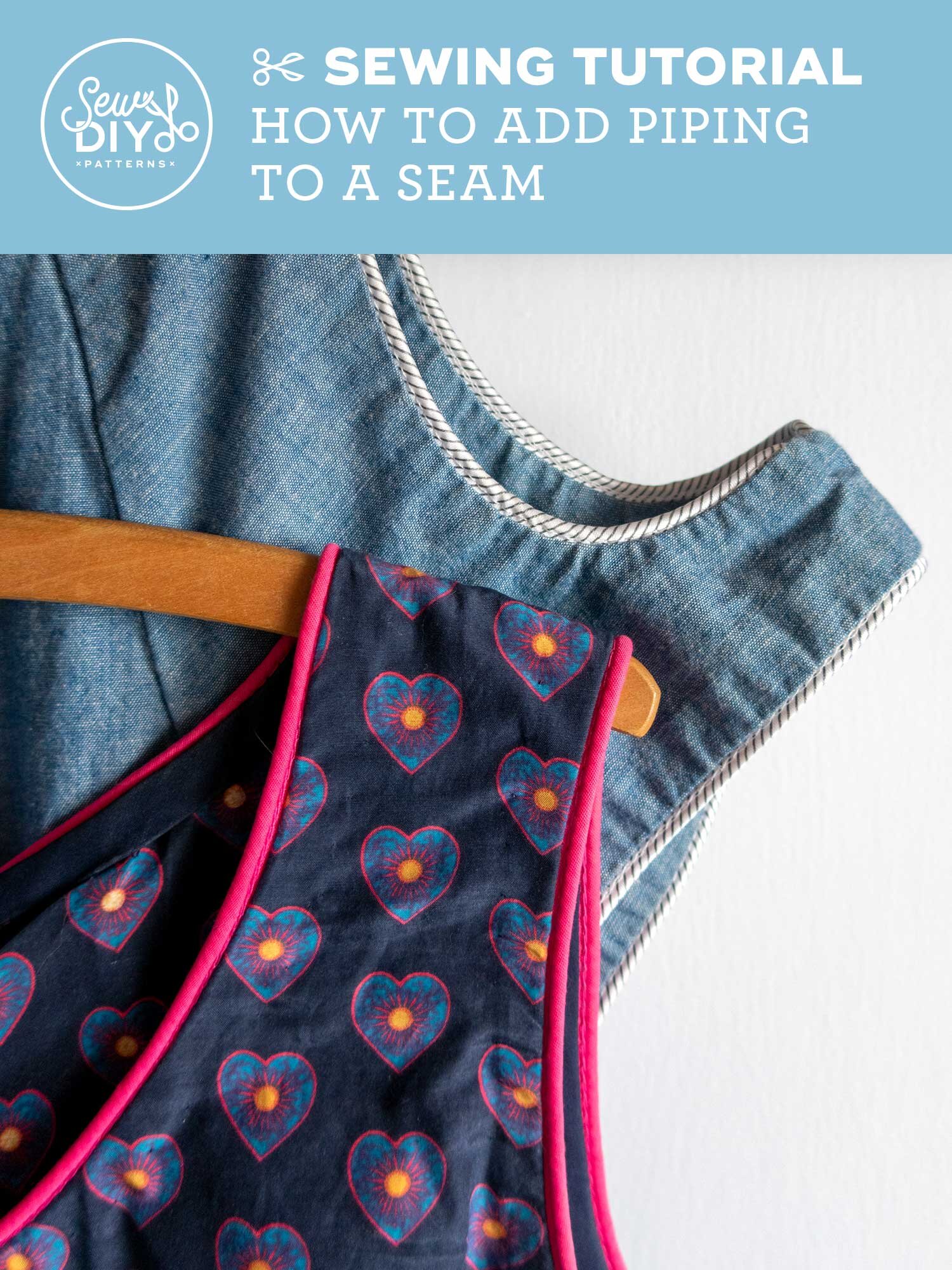One of the best ways to finish off your knit projects is to use a twin needle to stitch the hem. The great thing about a twin needle is that it can be used on any conventional sewing machine (as long as the needle plate can accommodate the width of the two needles) but sometimes it can be challenging to use.
In today’s video, I’ll give you some tips that you can use to trouble shoot your twin needle stitching.
1) Use wooly nylon thread
2) Use wash away adhesive sewing tape
3) Adjust the bobbin tension (I’m a little reluctant to recommend this and have never actually done it so PROCEED WITH CAUTION. I suspect it could work because a lot of the issues around twin needles is that the bobbin thread is too tight. But, it could be challenging to change the tension back. So, research it. On my Brother CS6000i, the only way to get it to work with elastic thread in the bobbin is to adjust the bobbin tension and it was recommended to buy a second bobbin case expressly for that purpose.)
4) If your machine has it, use the twin needle setting. (I’m using a Janome Memory Craft in this example and it makes a noticeable difference when I use the twin needle setting.)
5) Thread the machine according to your machine’s manual. (And thread each thread separately, not both at the same time.)
6) If you’re still having problems, do a google search for your specific machine. Other people might have posted about it.
I hope that you’ve enjoyed this video. I have a whole series of YouTube videos planned focused on tips and tutorials for sewing with knits. In case you missed it, make sure to check out last week’s video “How to Adjust Serger Tension". And if you haven’t done so already, I’d be so grateful if you subscribe to my channel on YouTube.




